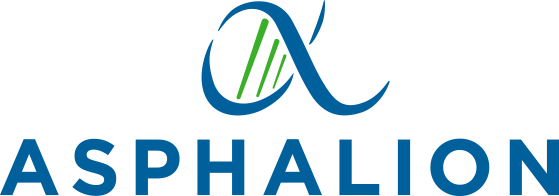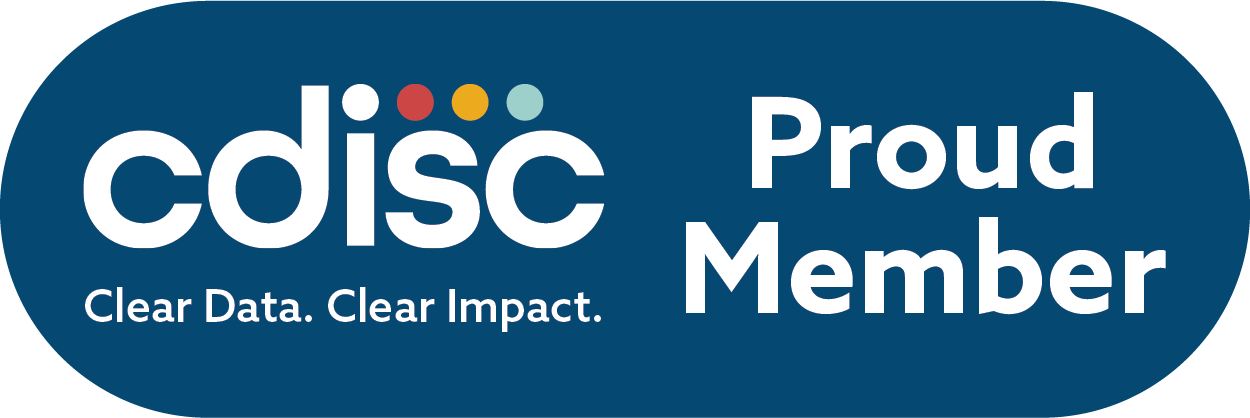Narrativa Pathway
How Asphalion and Narrativa are modernizing regulatory documentation with AI

In a sector where precision, compliance, and speed are non-negotiable, Asphalion—a global regulatory and scientific consultancy—has partnered with Narrativa to bring the power of Generative AI to regulatory affairs. Together, they’re delivering a new way forward for Life Sciences companies by automating the creation of regulatory documents and reducing the burden on medical writing teams.
From compliance pressure to AI-driven progress
Faced with the growing complexity of drug development and increasing regulatory demands, Asphalion recognized the opportunity to go beyond traditional consulting. By teaming up with Narrativa, they’ve begun offering their clients a hybrid solution: combining first-hand regulatory expertise with AI that transforms clinical data into clear, compliant narratives.
This strategic collaboration allows regulatory teams to:
- Generate first-draft documents automatically, freeing time for review and quality control
- Reduce risks through consistent, data-driven outputs
- Cut costs and manual workload by minimizing the need for multiple writers
- Simplify workflows by involving fewer stakeholders
AI that speaks compliance
Narrativa’s platform is trained to understand regulatory structures and terminology, ensuring every output is aligned with EMA, FDA, and other global agency requirements. From patient narratives to CSRs and TLFs, the AI creates content that’s audit-ready from the first draft—accelerating the time to submission and improving the overall document lifecycle.
Results that scale
Since launching the partnership, the integrated solution has shown immediate value:
- Faster document generation across therapeutic areas
- Improved consistency in regulatory submissions
- Greater efficiency for both large pharma and smaller biotech firms
What was once a bottleneck in the regulatory process is now a competitive advantage.



